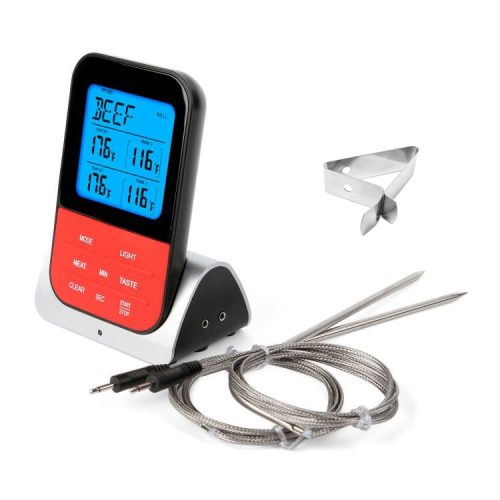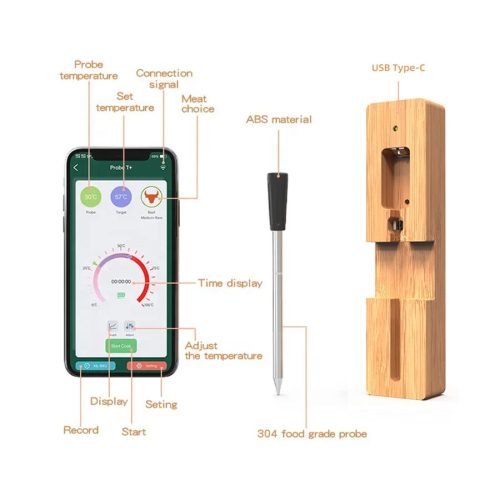There are several types of hygrometers available, each utilizing different principles to measure humidity. Here are some common types and their uses:
- Psychrometers:
- Principle: Psychrometers measure humidity by comparing the dry-bulb temperature (the regular air temperature) with the wet-bulb temperature (temperature read when a wet wick is exposed to air).
- Uses: These are often used in HVAC systems, meteorology, and industrial settings for humidity and air quality control.
- Hair Hygrometers:
- Principle: These hygrometers use a strand of human or animal hair that expands or contracts based on the humidity levels. The movement is then measured to determine humidity.
- Uses: Commonly used in indoor environments, museums, and laboratories for monitoring humidity levels.
- Dew Point Hygrometers:
- Principle: Dew point hygrometers measure the temperature at which moisture begins to condense out of the air.
- Uses: These are used in weather forecasting, industrial processes, and environmental monitoring.
- Capacitive Hygrometers:
- Principle: These hygrometers measure humidity by detecting changes in capacitance caused by the absorption or desorption of moisture on a capacitive sensor.
- Uses: Widely used in home weather stations, HVAC systems, incubators, and other consumer devices.
- Resistive Hygrometers:
- Principle: They measure humidity by assessing the change in electrical resistance of certain materials due to moisture absorption or desorption.
- Uses: Commonly used in industrial applications, greenhouses, and some consumer products.
- Gravimetric Hygrometers:
- Principle: These hygrometers measure humidity by weighing a substance before and after it absorbs moisture from the air.
- Uses: Used in laboratory settings for highly accurate measurements and calibration of other types of hygrometers.
- Optical Hygrometers:
- Principle: They use the refractive index or absorption of light to measure humidity levels.
- Uses: Often employed in scientific research, pharmaceuticals, and specialized industrial applications.
Each type of hygrometer has its advantages and limitations in terms of accuracy, cost, and application suitability. Choosing the right type depends on the specific requirements of the environment or process you’re monitoring, as well as the level of precision needed for the measurements.


